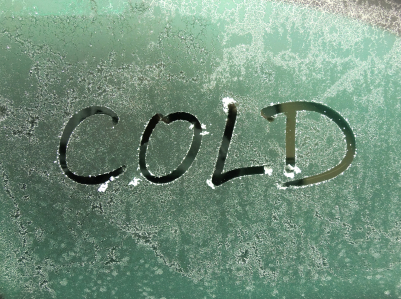 The sales process provides a road map to follow when you are driving toward winning new business. The course begins with identifying a prospect and traverses through a series of events to the finish line. The intended destination on the map is the “close”. The place where you complete the sale, where you can declare you have won the race!
The sales process provides a road map to follow when you are driving toward winning new business. The course begins with identifying a prospect and traverses through a series of events to the finish line. The intended destination on the map is the “close”. The place where you complete the sale, where you can declare you have won the race!
All sales people desire the race to be short from start to finish. Sales people hope to navigate around a few laps versus taking a long and winding road trip with many starts and stops. Experienced sales people have the endurance for the longer trek; where as, new sales people often lack patience and the will to stay seated for the extensive ride.
Most “starts” in the race never make it to the finish line. They breakdown somewhere in the process. The early racers may believe they are driving a qualified opportunity, yet fail to make the needs analysis turn or drive off the road at negotiation. By laws of averages and experience, more than 90% of opportunities that start will fail to get all the way to close. No matter the product or service, for every 10 qualified starts only one winner will result. In other words, nine out of 10 deals will never make it to the close.
Winning or losing creates great anxiety in sales. The race to closing is arduous. Gripping the wheel, staying on course, focusing ahead requires concentration, skill and patience. The better drivers know they need to use their road map and not veer off course. The effort to get to the finish line can be months and even years with large deals. The pressure to close can drive sales people to make some simple driving mistakes.They take shortcuts to get to the finish line, avoiding key road signs that tell you whether you are approaching the finish or have miles and miles to go. Worst, they give up and quit the race.
One of the best indications for assessing how close you are to the finish line is to ask for agreement at every turn. “Are we there yet?” It is true, the repetitive process of asking “are we there” can get annoying for some; however, you need to identify your road markers. You need to know how close you are to the end of the race. The only way to know is to ask if you and your prospect are in agreement. You don’t want to end up at the finish line and find out your paying passenger jumped out long ago.
Every turn you make in the sales process requires a pit stop. Stop. Check to make sure the prospect is still engaged, agreeing to the journey and willing to go the distance. If you fail to engage at the check points, you will mostly run out of gas and never see the checkered flag. You successfully end the race when you cross the finish line with your new customer seated next to you and you both are headed to the winners circle.
“The winner ain’t the one with the fastest car, it’s the one who refuses to lose.” – Dale Earnhardt
Jamie Glass, President and CMO at Artful Thinkers @jglass8



You must be logged in to post a comment.